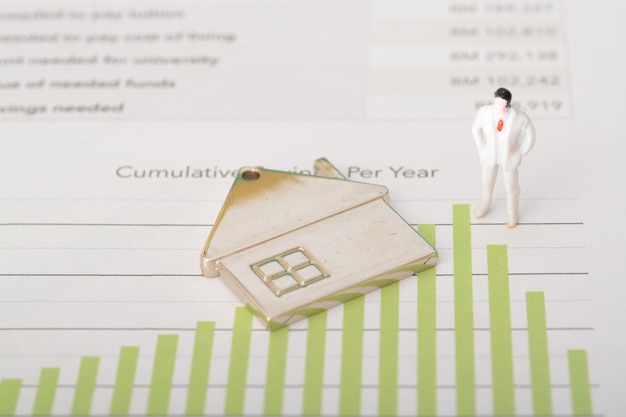Hey, I’ve got a crucial tip for those of you who have automatic mortgage payments and like to chip in a bit extra each month to reduce your principal. Don’t forget to lower your autopay amount when interest rates go up.
Back in 2019, I refinanced my home loan to a 7/1 ARM at 2.625% with no fees. I was previously on a 5/1 ARM at 2.875% from when I bought the house in 2014, and I wanted to refinance before the rate reset.
I’ve always liked to pay a bit extra towards the principal with each mortgage payment. So, instead of the regular $2,814.14, I decided to pay $4,500 automatically each month. This extra payment helped me reduce my principal faster, which felt great, especially since the mortgage rate was so low.
But here’s the thing: since 2019, mortgage rates have shot up due to the pandemic, government stimulus, supply chain issues, and a strong economy. Despite advising against paying extra towards a mortgage in a high mortgage rate, high interest rate, high inflation, and inverted yield curve environment, I was doing just that!
Once I realized this, I immediately called the bank and reduced my payment from $4,500 back to $2,814.14. Paying extra principal when the yield curve is inverted isn’t the best move because you want as much cash flow and liquidity as possible in case of a potential recession.
Managing over 40 financial accounts, it’s easy to overlook things. I set up automatic payments for everything to avoid missing payments, but sometimes I fail to adjust my payments when conditions change.
Paying an extra $1,685.59 towards principal for 48 months ($80,908.32) isn’t the end of the world. I now have $80,908.32 less mortgage debt for this property, and I’ve sped up the time to completely pay off the mortgage by several years.
However, from March 2022 until August 2023, I could have earned a guaranteed 4% – 5.5% return in Treasuries. This return is much better than the 2.625% return I made paying off the debt.
So, when should you start paying down extra principal again? When rates are low and the yield curve is upward sloping. Specifically, when Treasury bond yields are equal to or less than your mortgage rate.
Another good time to start paying down extra principal is when your cash flow and savings amount is strong, and you don’t know where to invest the extra cash. When in doubt, pay down debt.
The key takeaway here is that we’ll naturally take action to improve our finances if we need to. I found this mortgage payment mismatch because I was motivated to find more ways to improve cash flow. We’re in the process of buying another house, and there’s the potential for another recession.
So, do you pay extra principal through your automatic mortgage payments? If so, how much more do you decide to pay? Have you remembered to lower your extra principal payments once risk-free rates surpassed your mortgage interest rate? Are you trying to improve cash flow due to another potential recession?
If you’re shopping around for a mortgage, check out Credible, a mortgage marketplace where you can find personalized prequalified rates. Credible has a handful of lenders on its platform competing for your business.
Don’t forget to listen and subscribe to The Financial Samurai podcast on Apple or Spotify. I interview experts in their respective fields and discuss some of the most interesting topics on this site. Please share, rate, and review!
Join 60,000+ others and sign up for the free Financial Samurai newsletter and posts via e-mail. Financial Samurai started in 2009 and is one of the largest independently-owned personal finance sites today.
